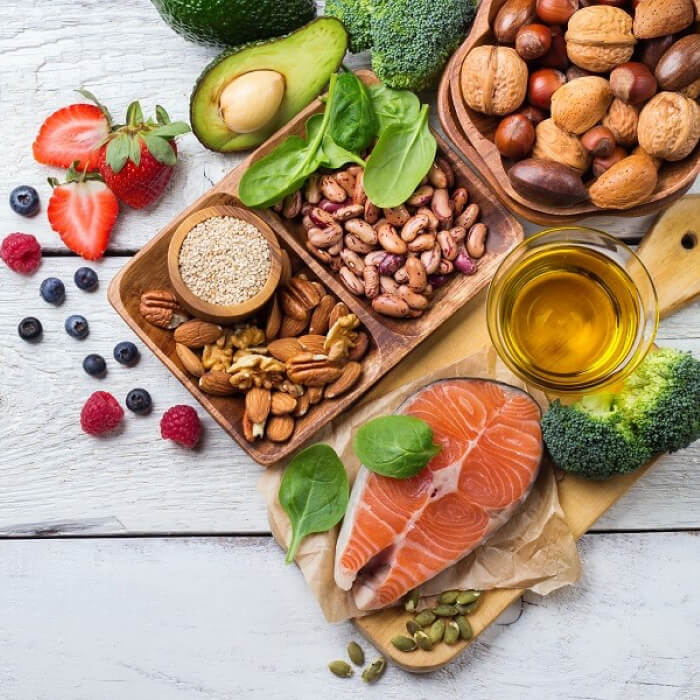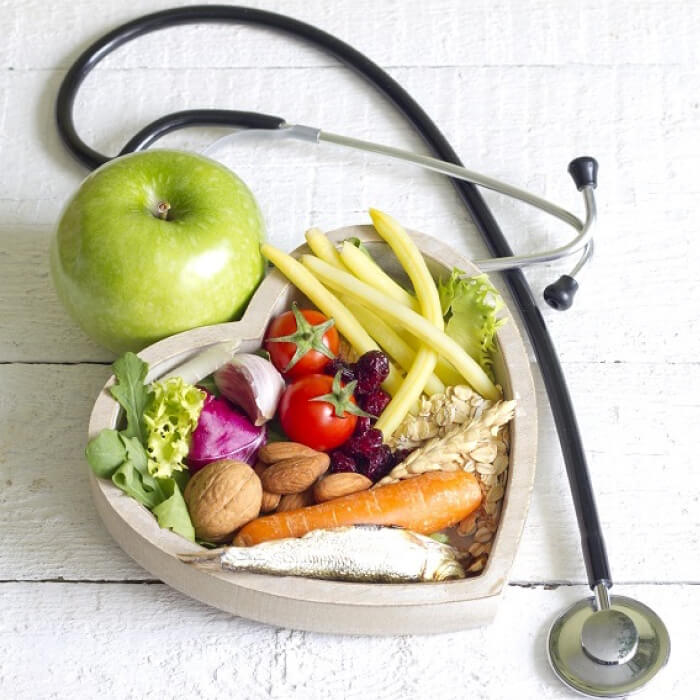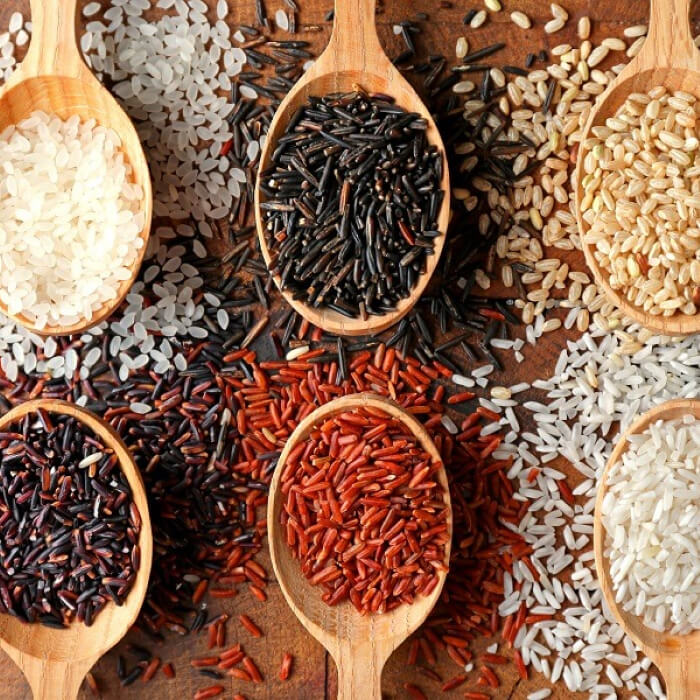Glucerna triple care
- Main Image
-

- Subtitle
- Complete and Balanced Nutrition For People with Diabetes
- Title
- Glucerna® Triple Care
- Detail Page Path
We all know the drill: you walk into a hawker centre, tired from a day’s work, and all you can think about is having a satisfying meal to reward yourself. With the wide variety of food options available out there, it can be especially daunting for a person with diabetes. You might be worried or unsure about the right food for people with diabetes, whether it could have an adverse impact your blood sugar control.
Below is a quick guide to help you the next time you find yourself thinking about what to eat at a food centre. Do speak to your dietitian if you need further advice about your specific dietary requirements.
Carbohydrates affect blood sugar levels the most, as our digestive system breaks down digestible carbohydrates into sugar, which then enters the blood to supply energy. Carbohydrate is, in fact, our body’s major energy source.
Since most hawker dishes tend to be rich in carbohydrates (think chicken rice, Hokkien mee, char kway teow, etc.), be mindful about how much you eat. Avoid overeating, go for smaller portions, or share the dish with your friend or family member. Take your time to enjoy the meal, and you may just find yourself feeling satisfied without having to eat a substantial amount.
Refer to ‘My Healthy Plate’ from Health Promotion Board when planning your meals to help you understand more on portion sizing as well as type of food to consume. Do note however that everyone has different dietary requirements and it is best to consult your dietitian for your customised meal plans.
Fill half of your plate with fruits and vegetables.
Eat a variety of fruits and vegetables with different colours to gain different nutrients.
Fill a quarter of your plate with meat and others.
Go for lean meat, fish and bean products such as tofu. Also include calcium-rich foods (e.g. milk, yoghurt, cheese) in your diet.
Fill a quarter of your plate with wholegrains.
Choose brown rice, wholegrain noodles or wholemeal bread.
Other than the quantity of carbohydrates, the type of carbohydrates makes a difference too. Always choose wholegrain options where possible, e.g. brown rice, wholemeal bread and wholegrain noodles. These are more nutritious than their refined counterparts, and tend to have either a low or medium Glycemic Index (GI). The GI is a ranking of carbohydrates according to how much they raise blood sugar levels after consumption.
People with diabetes have a greater risk of developing heart disease. Therefore, other than keeping blood sugar in check, it is also important to control blood cholesterol levels to help protect the heart.
Moderate your total fat intake by choosing foods which are prepared using healthier cooking methods more often. For instance, minimise deep-fried items when having economic rice, or go for soup-based noodles. Be mindful of the type of fat as well – a diet high in saturated fat tends to increase blood cholesterol. Typical culprits include coconut milk, fatty meats, and skin of poultry.
Using a diabetes-specific formula to replace your meal is yet another option. This would create a calorie deficit for those who need to lose weight. In addition, such formulas are specially designed for people with diabetes to help manage blood sugar levels, and provide complete and balanced nutrition to meet the needs of your body.
Consult your dietitian to find out how you can incorporate a diabetes-specific formula into your meal plan.
So remember, simple daily choices can make a big difference. Take a step in the right direction today!
SG.2022.29988.GLU.1 (V1.1)

Confused about the good fats you should be eating and the bad fats you should be avoiding? Find out how to be smart about your diabetes.
.jpeg)
Eating a healthy and well balanced diet can help with weight loss for diabetics. Read here for some tips about healthy weight loss.

Every choice matters. Learn tips on how you can make smarter beverage choices everyday to help you make a big difference in managing diabetes.

Proper nutrition is the cornerstone of diabetes care. Learn more about eating right for diabetes to help keep your blood sugar in check.

Do you have diabetes? Be GI smart about your carbohydrate choices, and understand how to minimise blood glucose excursions!
You are about to exit for another Abbott country or region specific website.
Please be aware that the website you have requested is intended for the residents of a particular country or region, as noted on that site. As a result, the site may contain information on pharmaceuticals, medical devices and other products or uses of those products that are not approved in other countries or regions.
The website you have requested also may not be optimized for your specific screen size.
Do you wish to continue and exit this website?